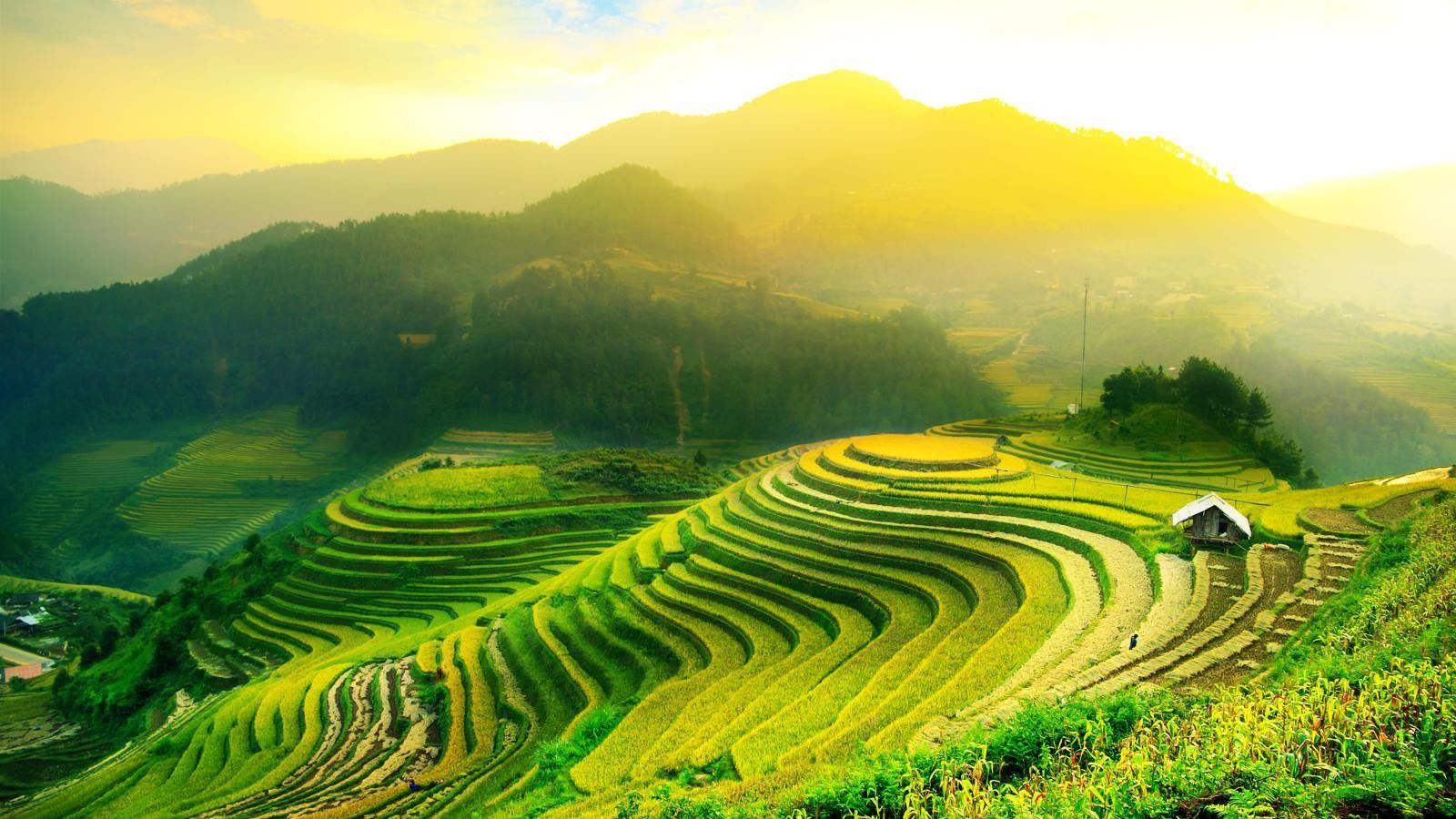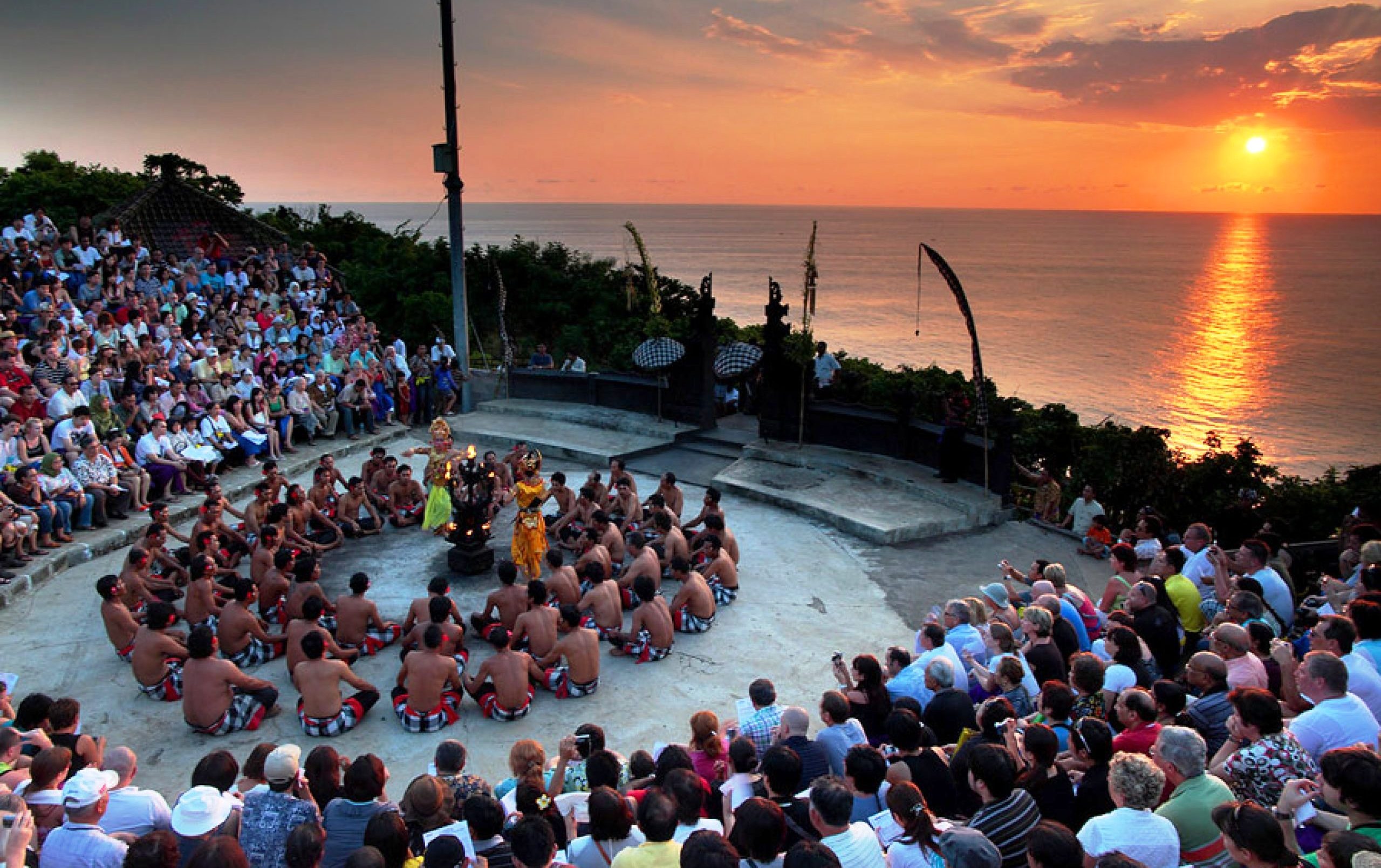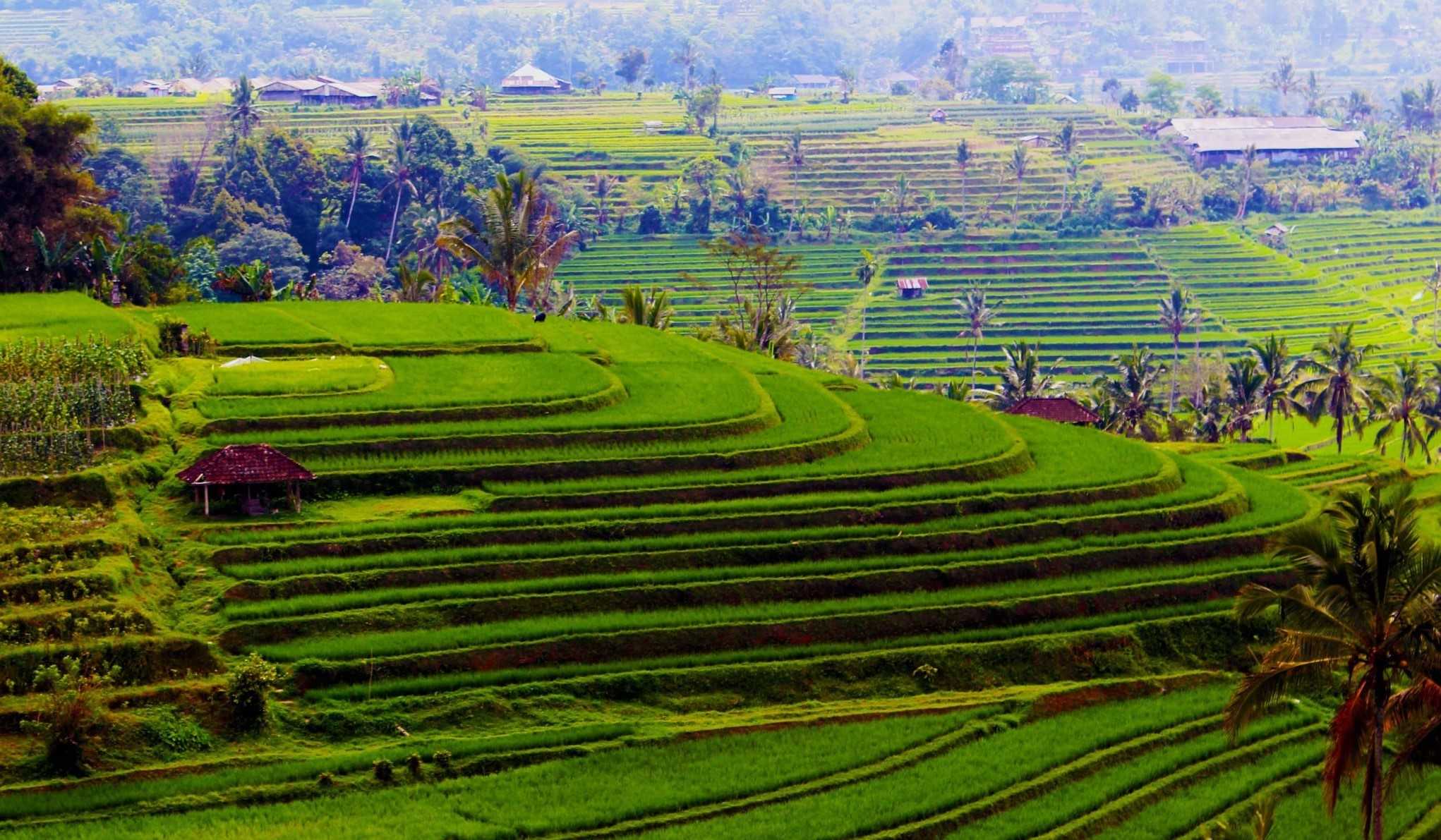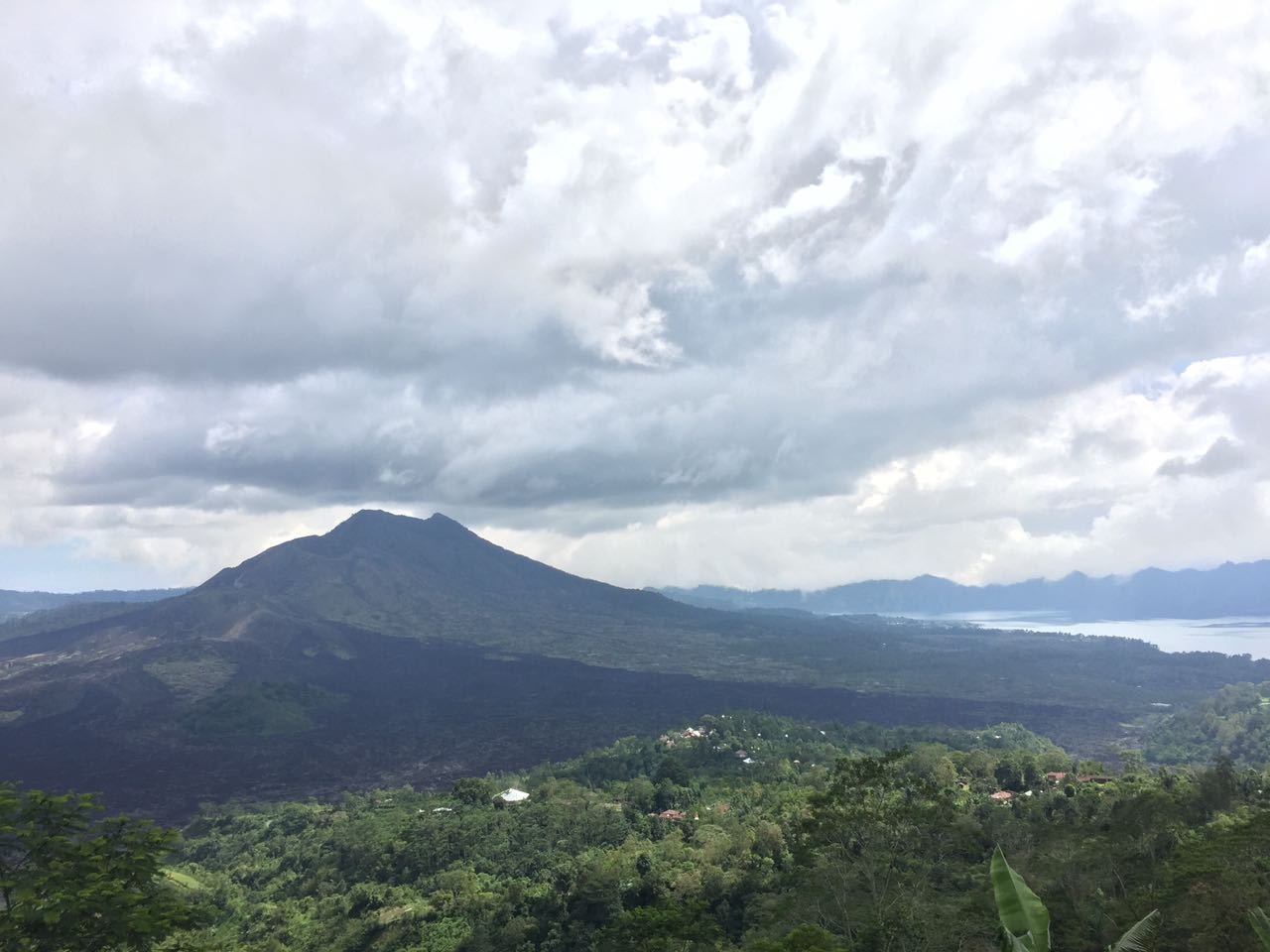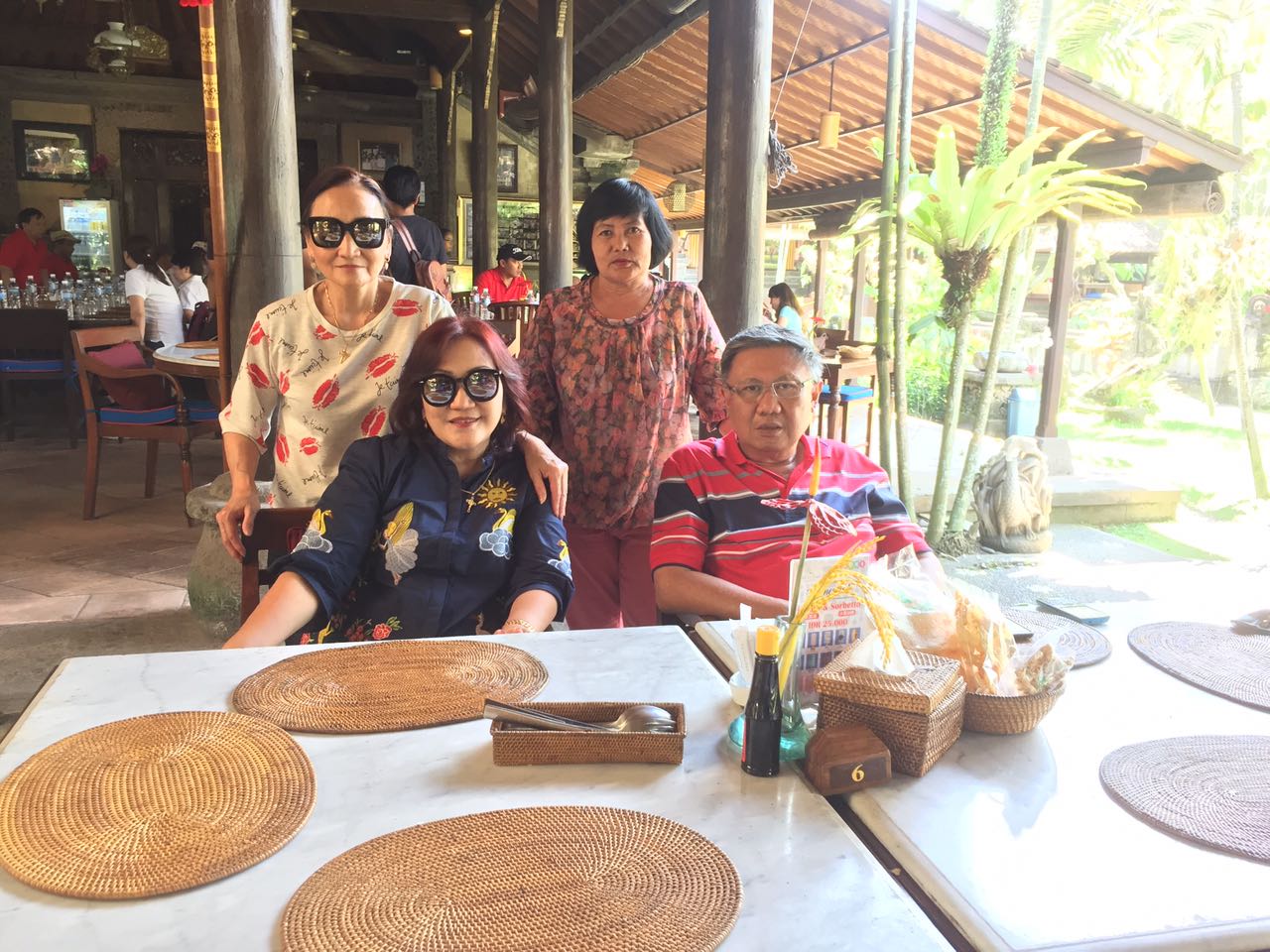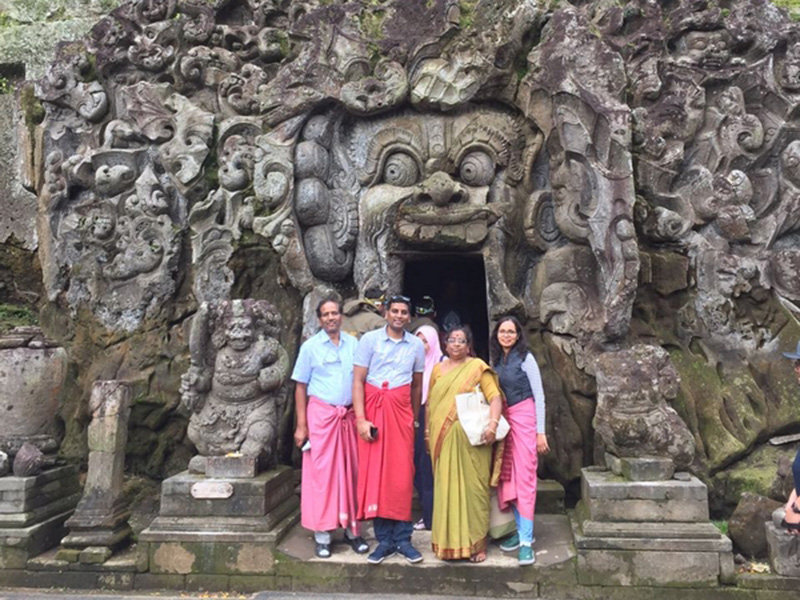
-
18. 03. 02
- posted by: Admin
-
Hits: 4557
The origins of the cave are uncertain; one folklore relates that it was created by the fingernail of the legendary giant Kebo Iwa. However, examining its style, the sanctuary was probably dated from the 11th century Bali Kingdom. The complex contains both Hindu and Buddhist imagery, as the cave contains lingam and yoni, symbol of Shiva, and the image of Ganesha, while by the river there are carved images of stupas and chattra, imagery of Buddhism. The cave was rediscovered by Dutch archaeologists in 1923, but the fountains and pool were not discovered until 1954.

-
18. 03. 02
- posted by: Super User
-
Hits: 5201
Bali Ulun Danu Beratan Temple is a temple dedicated to the goddess of the lake is Ida Batari Dewi Ulun Danu on the edge of a huge crater. The dominant shrines are Meru’s (pagodas) dedicated to the lake goddess and the gods of Mount Batur and Mount Gunung Agung, the largest volcano in Bali. The temple was built in the 17th century in worship of the main Hindu trinity, Brahma-Vishnu-Shiva, as well as the lake goddess, Dewi Danu. The sight and cool atmosphere of the Bali uplands have made the lake and this temple a favourite sightseeing and recreational spot as well as a frequently photographed site. Ulun Danu Beratan Temple, literally ‘the source temple of Lake Beratan’, is easily the island’s most iconic sanctuary sharing the scenic qualities with the seaside temples of Uluwatu Temple and Tanah Lot Temple. The smooth reflective surface of the lake surrounding most of the temple’s base creates a unique floating impression, while the mountain range of the Bedugul region encircling the lake provides the temple with a scenic backdrop.

-
18. 02. 28
- posted by: Super User
-
Hits: 4685
History: Inscriptions mention that Uluwatu Temple was instigated by Mpu Kunturan, a Majapahit monk who also participated in establishing several other important temples in Bali such as Pura Sakenan in Denpasar, about 1,000 years ago. A holy priest from eastern Java, Dhang Hyang Dwijendra, then chose Uluwatu Temple to be his spiritual journey's final worshiping place. Balinese Hindu devotees believe that he reached the highest spiritual point of oneness with deities by a strike of lightning and completely disappeared. Legend, however, says that Dhang Hyang Dwijendra (also frequently referred to by name as Danghyang Nirartha) was the architect of Uluwatu Temple and several other temples in Bali, Lombok, as well as Sumbawa.

-
18. 03. 02
- posted by: Super User
-
Hits: 3724
Tanah Lot is a very famous tourist attraction on the island of Bali. Located in the village of Braban, Tabanan, Bali. The distance is 45 minutes from Kuta. Here you can see the temple in the middle of the sea and also Batu Bolong temple, for transport you can contact us Derna Bali Tours, as we are always ready to serve you, your visit to Bali will not be complete before visiting Tanah Lot.
Legend of Tanah Lot
Dang Hyang Nirartha, a high priest from the Majapahit Kingdom in East Java who traveled to Bali in 1489 to spread Hinduism, arrived at the beautiful area and established a site honoring the sea god, Baruna. Here, he shared his teachings to Beraban villagers, only to face opposition from the village chief who soon gathered his loyal followers to dispel Nirartha. The priest resisted, incredibly shifting a large rock he meditated upon out to sea while transforming his sashes into sea snakes to guard at its base. The rock’s original name, Tengah Lod, means ‘in the sea’.

-
18. 02. 27
- posted by: Super User
-
Hits: 4892
In Batulubulan village you can see Barong and Keris Dance and there is also Batik gallery which can be visited, open from 10 am, you can see how to make batik cloth which is a craft by drawing on cloth, batik cloth usually used for shirt. Derna Bali tours ready to take you to this Batubulan village, of course with the price of cars and drivers are very affordable.
Batubulan Village is part of the administrative region Sub Sukawati, Gianyar regency, Bali province, Indonesia. Gianyar Regency is one tourist destination in the island of Bali which has a unique artistic charm. One of the centers of the arts in the district is located in the Tourism Village Batubulan having centers of art sculptures and carvings are quite famous among domestic and foreign tourists.
This tourist village is also known as a venue for a variety of Balinese performing arts, such as Kecak, Barong Dance and the Legong Dance.


